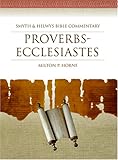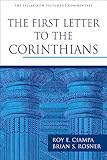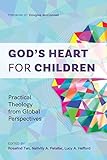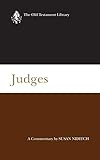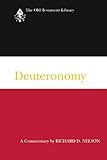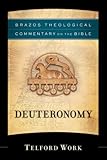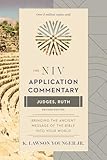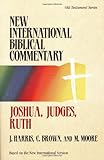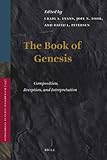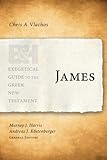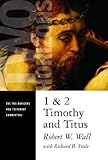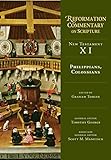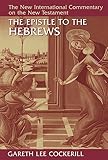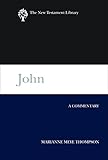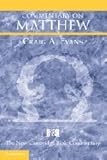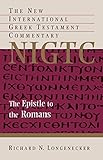Contemporary Challenges to the Gospel: incipient Gnosticism ans Johannine Teaching on the Resurrection
Woods, Nicholas
Contemporary Challenges to the Gospel: incipient Gnosticism ans Johannine Teaching on the Resurrection - Johannesburg, South Africa South African Theological Seminary 2011 - 164p PDF A4 Abstract. Table of contents. List of key words. Works cited.
Within the past generation, a new school of scholars has arisen who view the texts discovered at Nag Hammadi asequal to or evensuperior tothe traditional canonical materials. They view several of these texts and particularly, The Gospel of Thomas,as containing independent traditions that form the earliest layers in the development of Christianity. As the pool of texts used to illustrate the historical Jesus continues to broaden and increase,Incipient Gnosticism is being seenmore and moreas thesource of Jesus‘ teaching. As this continues to happen,key traditional doctrines such as the future, bodily resurrection of believers are reinterpreted or done away with altogether. This studylooks carefully at the Gnostic and Incipient Gnostic view of the resurrection and compares it to the view given in The Gospel of John. The viewof the resurrectionin The Gospel of Johnis used as a test case against the Gnostic or Incipient Gnostic perspective. Furthermore, the studyanalyzes the variousnew texts that have been identified as the earliest sources of Jesus‘ teaching. Once each of thesesources has been critically analyzed,a determinationhas to be madeas to whether they make a contributionor are a substantial influenceas towhatJesustaughton the resurrection.Finally, the studyattempts to find a plausible solution to the problemof what is the true background of John‘s Gospel. This study concludes that the answerliesnot in the Nag Hammadi literature, but rather,in the documents of Qumran and in the broader Jewish context.Theproblem of a Gnostic or Incipient Gnostic background to Jesus‘ teachingis re-examined in light of the parallels between thePalestinianQumran materials and The Gospel According to John. Consequently, different conclusions are then reached as far as the background of John‘s Gospel is concerned.The study concludes that given aPalestinian background to The Gospel of John, Jesus‘ teachingon the resurrection appears to be both futuristic and corporeal.
Christian heresies--Incipient Gnosticism--South Africa
Contemporary Challenges to the Gospel: incipient Gnosticism ans Johannine Teaching on the Resurrection - Johannesburg, South Africa South African Theological Seminary 2011 - 164p PDF A4 Abstract. Table of contents. List of key words. Works cited.
Within the past generation, a new school of scholars has arisen who view the texts discovered at Nag Hammadi asequal to or evensuperior tothe traditional canonical materials. They view several of these texts and particularly, The Gospel of Thomas,as containing independent traditions that form the earliest layers in the development of Christianity. As the pool of texts used to illustrate the historical Jesus continues to broaden and increase,Incipient Gnosticism is being seenmore and moreas thesource of Jesus‘ teaching. As this continues to happen,key traditional doctrines such as the future, bodily resurrection of believers are reinterpreted or done away with altogether. This studylooks carefully at the Gnostic and Incipient Gnostic view of the resurrection and compares it to the view given in The Gospel of John. The viewof the resurrectionin The Gospel of Johnis used as a test case against the Gnostic or Incipient Gnostic perspective. Furthermore, the studyanalyzes the variousnew texts that have been identified as the earliest sources of Jesus‘ teaching. Once each of thesesources has been critically analyzed,a determinationhas to be madeas to whether they make a contributionor are a substantial influenceas towhatJesustaughton the resurrection.Finally, the studyattempts to find a plausible solution to the problemof what is the true background of John‘s Gospel. This study concludes that the answerliesnot in the Nag Hammadi literature, but rather,in the documents of Qumran and in the broader Jewish context.Theproblem of a Gnostic or Incipient Gnostic background to Jesus‘ teachingis re-examined in light of the parallels between thePalestinianQumran materials and The Gospel According to John. Consequently, different conclusions are then reached as far as the background of John‘s Gospel is concerned.The study concludes that given aPalestinian background to The Gospel of John, Jesus‘ teachingon the resurrection appears to be both futuristic and corporeal.
Christian heresies--Incipient Gnosticism--South Africa

